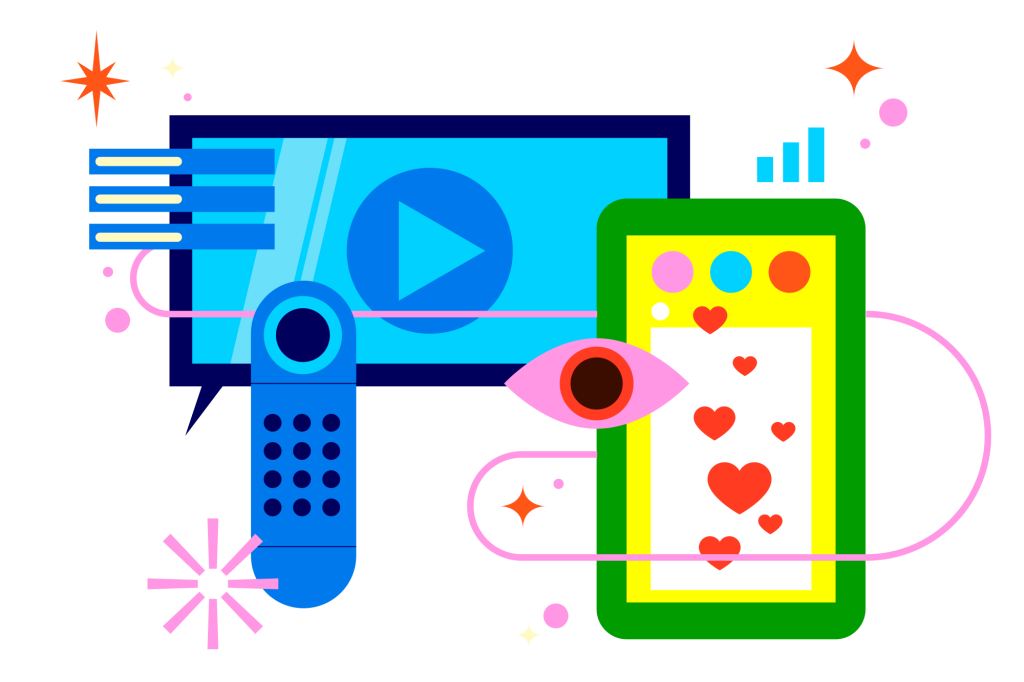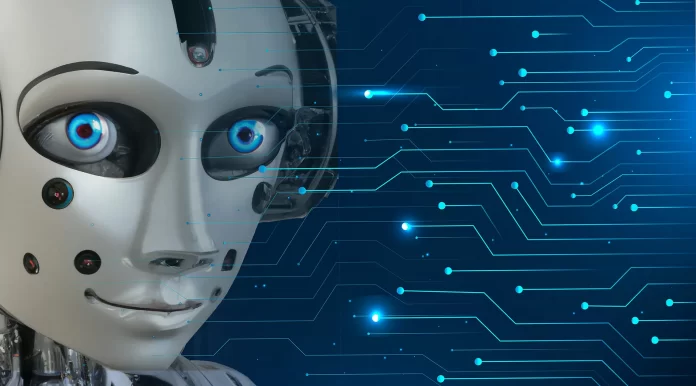Video Platforms vs Generative AI – Information on AI and Technology Archive
Generative AI alters the content production process by predicting the following word or pixel using vast datasets, in the development of the text, pictures, audio, and video platforms. Generative pre-trained transformers such as GPT can generate paragraphs when given a text description, can generate photos, and music, and can produce movies.
This technology has the ability to democratize content creation, outperforming cellphones, and social video platforms in terms of leveling levels of video creation. Furthermore, it will cause a fundamental upheaval in the medium of video content sector.
Netflix, TikTok, and YouTube face significant challenges
Extracting precise and useful features: While these platforms have a wealth of information on viewer preferences, pinpointing the particular qualities of content is tough. Categorizing films into broad genres, casts, and lengths might be individual and inappropriate for algorithms to learn from efficiently. While key production aspects like screenplays and shot lists are exactly known. Using data in an excessive quantity of information can frequently result in to full description of a single movie.

Overcoming barriers to content creation: Traditional, restrictive, and costly content development processes utilized in Hollywood pose challenges. Netflix has set aside a significant $17 billion budget for content in 2022. This is evidenced by Netflix co-CEO Greg Peters’ statement about the difficulties of providing prominent and high-budget series like “Wednesday”. The company’s present production of goods model cannot consistently provide high-quality content on a weekly basis.
These difficulties limit the platforms’ capacity to consistently produce compelling and diversified material in order to maintain and attract viewers. TikTok and YouTube’s open, user-generated content development methodology offers an alternate option.
Platforms in this market confront the problem of creating a large amount of compelling content from a limited number of popular artists, which leads to incentive conflicts. TikTok, for example, is accused of using manual promotion. But YouTube Shorts has dropped the threshold for artists to receive cash, needing only 1,000 subscribers as opposed to TikTok’s minimum demand of 100,000 followers.
These difficulties contributed to the demise of the temporary streaming platform like Quibi. Quibi consolidated the flaws of all three concepts into a single platform. Rather than empowering independent producers as YouTube and TikTok Quibi focused primarily on the closed. Hollywood-style producing structure by paying pricey artists and performers. As a result, Quibi got mediocre material that failed to appeal to the target audience.
Lets assume “Two individuals are sitting in an Art Deco café.” Outside, it’s snowing. ‘I’m creatively constipated!’ says one of them as he bites into a piece of Swiss cheese.” A hyper-realistic, real-time film with sound is made in seconds and instantaneously shown to billions of people.
This movie not only collects audience statistics such as length viewed, but it also offers detailed details on the input utilized to make the video. This scenario solves the problems that existing video platforms confront. It provides a more precise overview of the film. While drastically lowering obstacles to creation, removing the need for tools such as CapCut and even actors.
While this appears to be magic, it is actually a combination of three AI programs. AI #1 creates the film based on the text input from the user, AI #2 connects the video with those who are appropriate viewers, and AI #3 uses the resultant engagement data to help artists create their next piece of content. A crude version of this technology exists already and is creating content.
The generative AI-powered video platform transforms value generation by guiding producers in developing engaging content for viewers. As a result, it is allowing innovators to have an influence that extends beyond the application itself. The continuous connection between artists and viewers blurs the line between the two, as artists become viewers and vice versa. When a viewer submits a search term, the provided text generates a prompt for a new movie, blurring the distinctions even further.
A small percentage of highly viewed topics on a platform compensate for a greater percentage of less popular content. A generative AI platform multiplies the popularity of popular content by empowering authors with algorithmic suggestions for future content development. Simultaneously, the decreased creation barriers boost earnings of the remaining content.
How will the existing platforms respond to this shift?
The streaming service is firmly entrenched in its current revenue model of the three big platforms and may difficult to implement meaningful adjustments. It has always avoided adopting an ad-supported strategy and has just lately begun to investigate the possibility. In terms of business strategy, capabilities, and adaptability, TikTok closely resembles the notion of a Generative AI Platform. It is subject to regulatory monitoring in the USA. YouTube is in a good position since it has aggressively added features such as Shorts and strengthened creative incentives.

The recent breakthroughs in generative AI technology expanding popularity. While we do not yet have the capacity to produce hyper-realistic, live-action films from inputs of text, the accessibility of such technology is critical for the successful implementation of the new video platforms. If this technology becomes available, text inputs may lack the accuracy necessary to appropriately identify videos.
Regardless of these issues, generative AI will very certainly drive the birth of new video content platforms that outperform or augment current versions of Netflix, YouTube, and TikTok. Generative AI technology will be used not just to create content, but also to change the interactions between the platform, artists, and customers.
These improvements, of course, come with technological uncertainty and ethical hazards. Furthermore, video content is only one area where we foresee significant development. Numerous other creative domains, such as art, music, and literary works, are on the verge of profound alterations, giving fresh business possibilities for those who recognize ripe areas for disruption or use generative AI to protect their domains.

